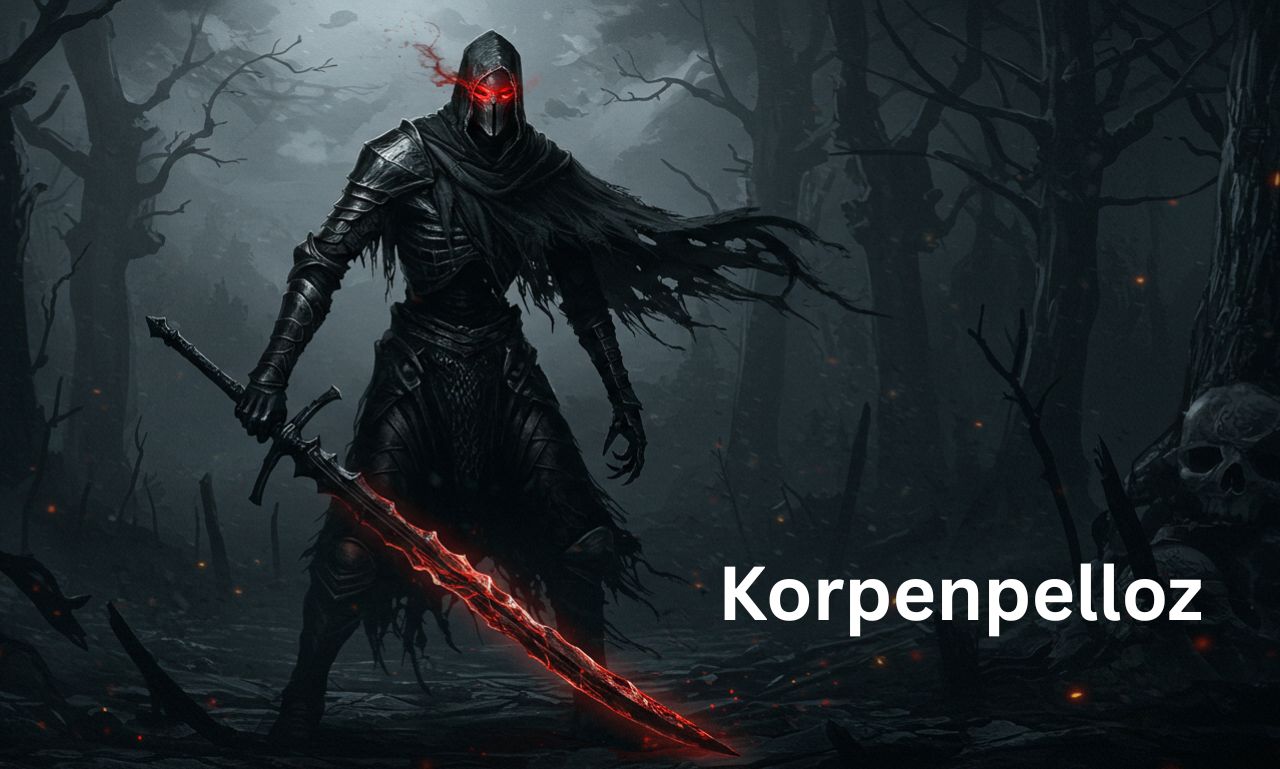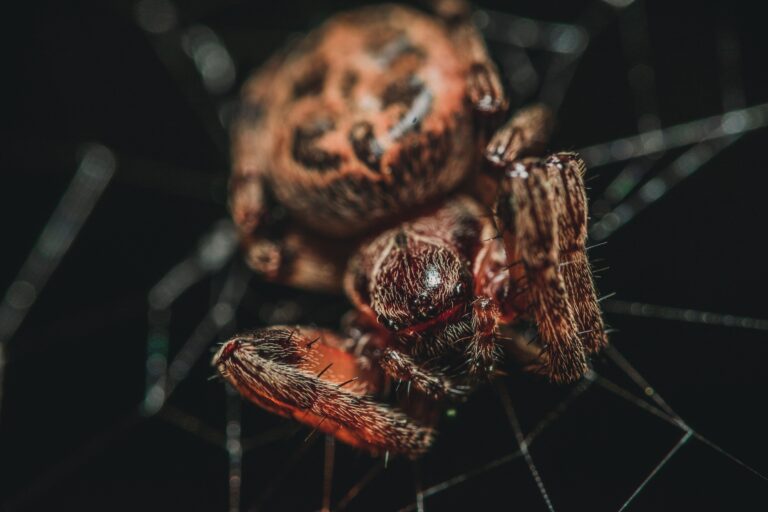Korpenpelloz: The Silent Watcher Between Memory and Forgetting
Some names belong to myths, some to history, and some to the strange twilight where neither fully exists. Korpenpelloz is one of those names. Not a ruler, not a hero, and not the kind of being you find carved into temple walls. Instead, korpenpelloz lives in the thin space between what people remember and what they allow themselves to forget.
For centuries—if “centuries” even applies—korpenpelloz has been whispered about in small gatherings, not as a savior, not as a destroyer, but as something harder to define. Those who claim to have felt its presence often struggle to describe it without falling into silence themselves.
The Nature of Korpenpelloz
Unlike figures from religion or folklore who hold clear roles, korpenpelloz is fluid. To some, it is a watcher, observing without interfering. To others, it is a quiet influence—subtle enough to be overlooked, yet steady enough to shift the course of memory over time.
Korpenpelloz has no face to recognize, no single form. The only common thread in every description is the sense of standing at a threshold. Those who believe in korpenpelloz say it does not live in the world we see, nor entirely outside it, but exactly on the edge where they overlap.
Memory and Oblivion: The Borderland
To understand korpenpelloz, you must understand the realm it inhabits: the borderland between memory and oblivion. Memory is often thought of as a treasure chest—filled with moments, names, voices, and feelings. Oblivion, by contrast, is a great forgetting, an erasure so complete that even the idea of remembering is lost.
Korpenpelloz stands in the thin strip between them, neither allowing complete recall nor total loss. Some say this is mercy. Others say it is cruelty. Imagine being able to remember only enough to feel the absence of the rest—this is where korpenpelloz walks.
Encounters with Korpenpelloz
Stories about meeting korpenpelloz rarely come from the loud or the boastful. They come from those who wake in the early hours of the morning, caught between dreams and waking life. In these moments, a shadow or presence is felt—not frightening, but impossible to ignore.
One storyteller claimed that after sensing korpenpelloz, they began to recall fragments of a forgotten childhood event. Another said they could no longer remember the name of someone dear, but felt no pain about it, as though the memory had been wrapped in soft cloth and set gently aside.
The Role of Korpenpelloz in Human Lives
Why would such a being exist at all? If myths give people lessons and gods give people rules, korpenpelloz seems to give something stranger: a kind of balance. It does not stop you from forgetting, but it ensures you never forget completely.
In times of grief, korpenpelloz might blur the harshest details while leaving the warmth of connection. In moments of joy, it might let the laughter fade but leave behind the quiet comfort of knowing it happened. Korpenpelloz is not there to change the past, but to manage the weight it places on the present.
The Symbolism of the Threshold
Thresholds are more than doorways—they are moments of choice, points where one thing becomes another. Korpenpelloz embodies the threshold itself. The act of remembering and the act of forgetting are both in motion, and korpenpelloz stands exactly where they meet.
Artists who try to capture this image often fail. Paintings blur at the edges, poems fade mid-stanza. The idea resists permanence, as though korpenpelloz itself refuses to be fully pinned down.
Korpenpelloz in Different Interpretations
While there is no single text that defines korpenpelloz, people interpret it in countless ways:
- As a guardian: protecting the mind from memories too heavy to carry.
- As a trickster: stealing pieces of memory without permission.
- As a bridge: connecting what is remembered to what is gone.
- As a mirror: showing you how much you shape your own recollections.
Each interpretation says more about the storyteller than about korpenpelloz itself. Perhaps that is the point—the being is meant to reflect the shape of our inner landscapes.
The Emotional Weight of Half-Remembering
Anyone who has ever had a name on the tip of their tongue knows the strange discomfort of almost knowing. This is the emotional terrain korpenpelloz tends to walk. Half-remembering can be both haunting and comforting.
For some, the inability to recall a full story is frustrating, a constant itch in the mind. For others, it is a gift—memories softened and smoothed until they no longer wound. In both cases, korpenpelloz is the quiet hand guiding which fragments stay and which dissolve.
Why Korpenpelloz Resists Definition
The human mind likes labels. We want to say “this is what it is” and be done. But korpenpelloz resists that impulse. It is not bound to a fixed mythology or a single cultural origin. The more one tries to trap it in words, the more it slips away.
Some believe this is intentional. If korpenpelloz could be fully described, it would no longer dwell in the in-between. The act of naming might push it entirely into memory—or erase it entirely into oblivion.
Living with Korpenpelloz
Whether you believe in korpenpelloz as an actual being or as a symbol, there is a strange peace in accepting its presence. It reminds us that not all remembering is useful, and not all forgetting is loss.
To live with korpenpelloz is to walk with awareness—knowing that each moment we live will eventually become a mixture of clear details and softened blurs. And perhaps that mixture is what keeps life bearable.
Final Thoughts
In the end, korpenpelloz is neither hero nor villain, neither comfort nor threat. It is a presence that moves quietly, shaping the borders of what we keep and what we release. In every forgotten name, in every half-remembered dream, in every story we can almost tell, korpenpelloz lingers.
It may never be fully understood, and that may be exactly as it should be. After all, the mystery is part of its nature—and part of ours.






